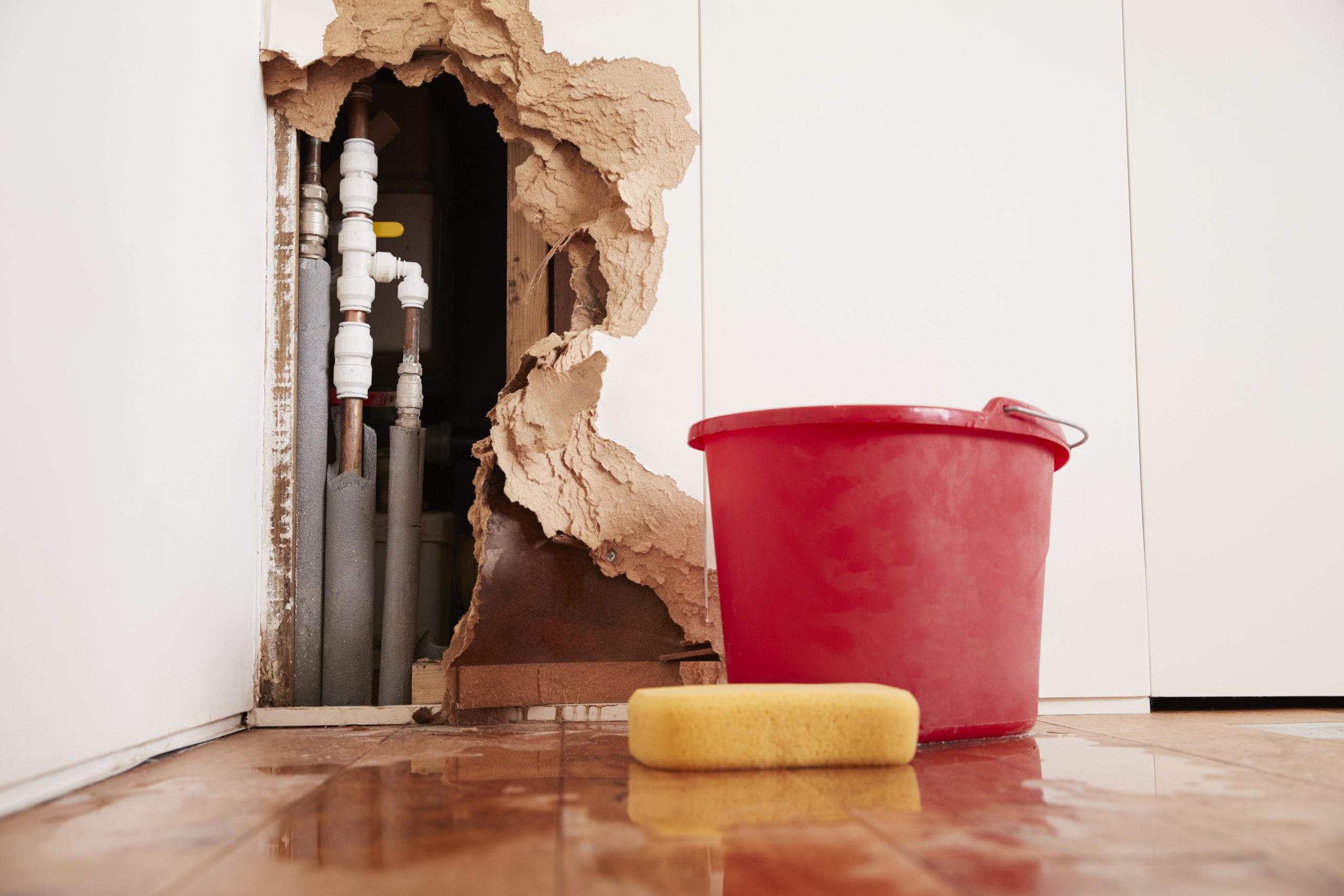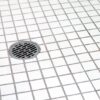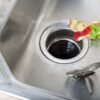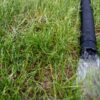5 Tips for Water Damage Restoration

A leaking pipe, storm damage, burst sewage lines, flooding, and other unfortunate events typically lead to costly repairs due to water damage in your home. This will probably cause you a great deal of stress, but there is no need to panic. We have gathered 5 tips for water damage restoration that should be beneficial for you as a homeowner. Continue reading our blog for these helpful tips.
Where to look for damage from water
First things first, you should know which locations to inspect for water damage in your home. Here are some of the more common places:
- Around home appliances
- Pipes
- Insulation
- Drywall
- Your HVAC system
- Floor coverings
Discover the source of the damage
When looking for the source of the water damage in your home, it is important to know that water damage is divided into three different categories.
Category 1: Water damage or clean water damage is the least severe of the three. This type of water damage is caused by a broken pipe, appliance issues, or an overflowing bathtub.
Category 2: Water damage or grey water damage is when the water from your toilet, washing machine, or sump pump has backed up.
Category 3: Water damage or black water damage is the most severe of the three categories. Black water damage will include sewage, rising flood waters, and many other materials that will need to be removed.
Know where to shut off your main water supply
It is important as a homeowner that you know where your main water supply is and that you know how to shut it off. In a water emergency, you should immediately cut off the water supply in your home. Otherwise, the water may spread to different areas and cause more damage.
Clean and sanitize
Cleaning and sanitizing your home are probably the most important tips when restoring water damage. You need to get the affected area or areas as dry as possible. That means mopping and using towels, dehumidifiers, and fans to help eliminate excess moisture. If possible, leave windows and doors open to get a natural air flow to help dry out your home. When sanitizing the different areas, use bleach or an alternative cleaning product to help eliminate potential mold growth or hazardous materials left from the water damage.
Contact Robillard Plumbing
The last of our 5 tips for water damage restoration is to contact Robillard Plumbing and tell us about your situation. We will arrive at the scene as soon as possible. Our trusted professionals will get your water supply squared away and inspect your home to ensure that it is safe. We will then guide you through the flood restoration process and provide peace of mind. Contact us today!



